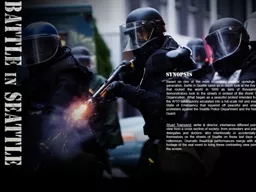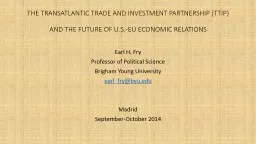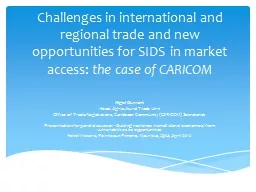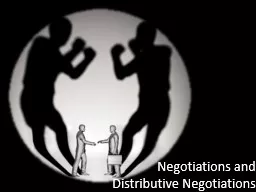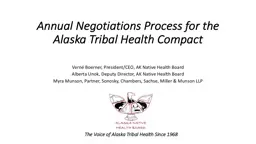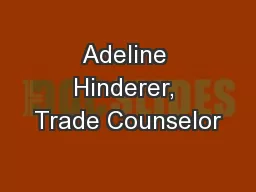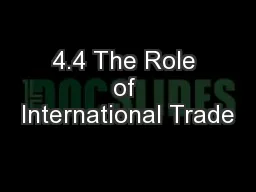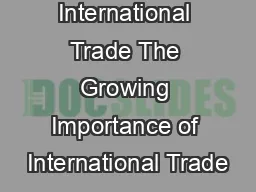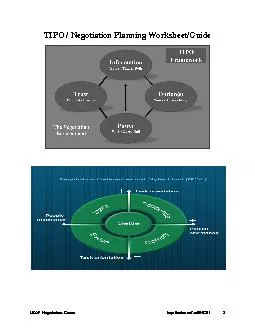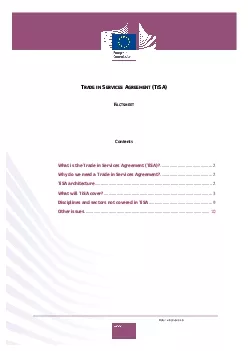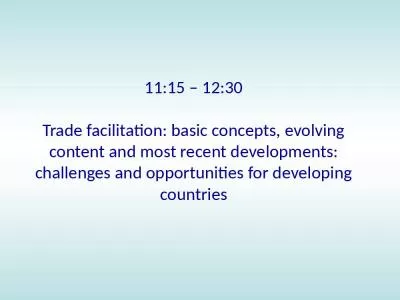PPT-International Trade Negotiations:
Author : debby-jeon | Published Date : 2016-11-23
WTO and FTAs John Riley NZ High Commission London Our panel Yaryna Ferencevych US Embassy State Matt Molloy DEFRA UK Jennie Wilson US Embassy FAS Tiffany McDonald
Presentation Embed Code
Download Presentation
Download Presentation The PPT/PDF document "International Trade Negotiations:" is the property of its rightful owner. Permission is granted to download and print the materials on this website for personal, non-commercial use only, and to display it on your personal computer provided you do not modify the materials and that you retain all copyright notices contained in the materials. By downloading content from our website, you accept the terms of this agreement.
International Trade Negotiations:: Transcript
Download Rules Of Document
"International Trade Negotiations:"The content belongs to its owner. You may download and print it for personal use, without modification, and keep all copyright notices. By downloading, you agree to these terms.
Related Documents

